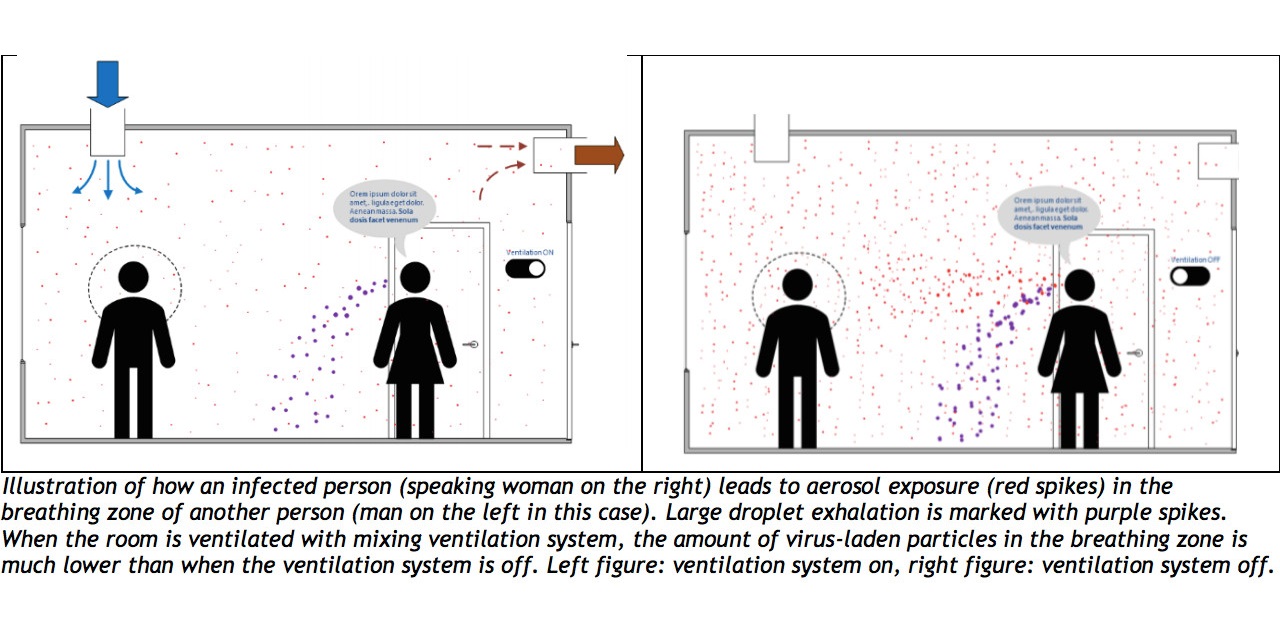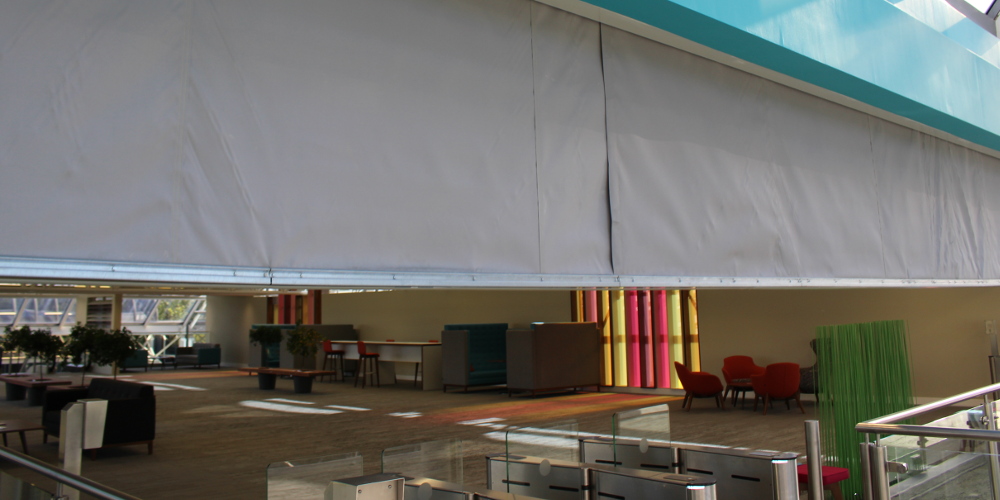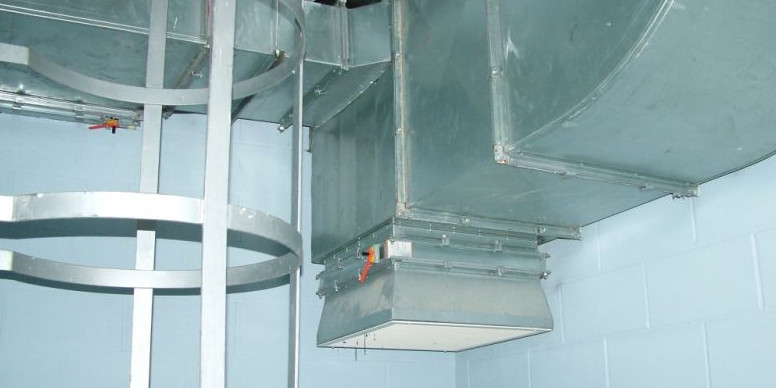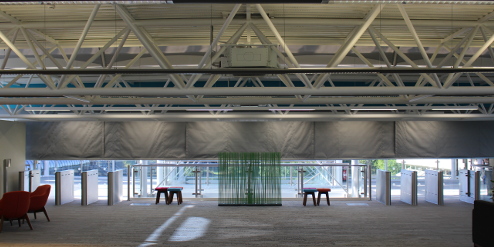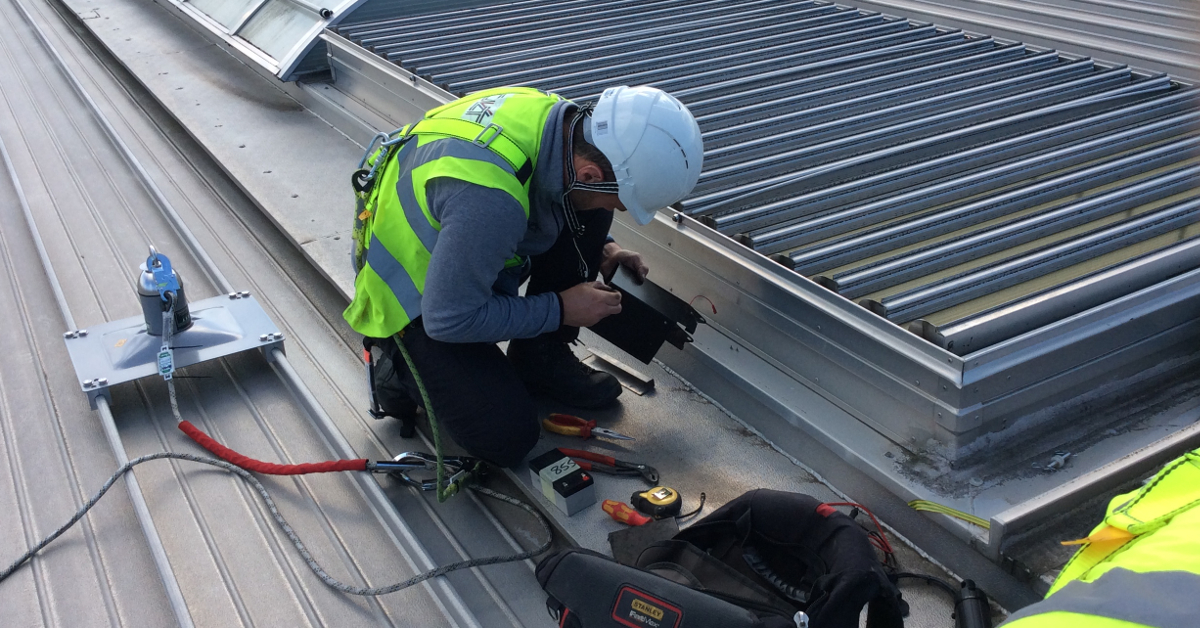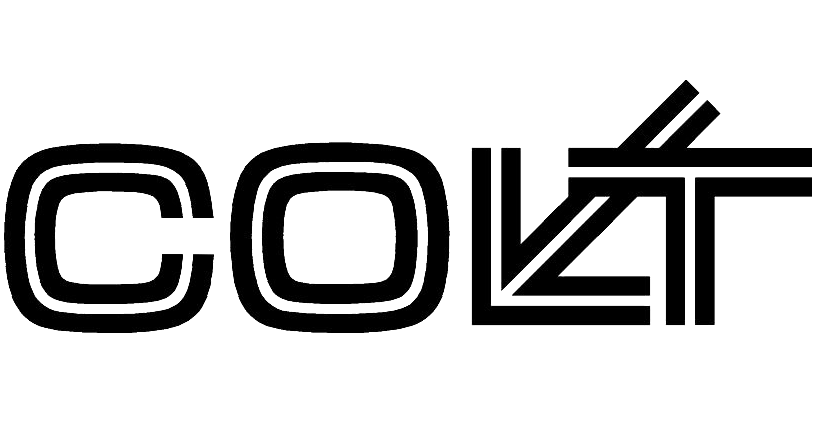Here in the UK, we get more storms than we used to and Met Office have been giving them nice names. You may remember in February this year we had Storm Ciara followed immediately by Storm Dennis.
Their impact, though, can be anything but nice. Ciara recorded 97mph on the coast, with widespread gusts of 70 – 80 mph even in less exposed inland areas, causing trees to be blown down. The destructive winds and heavy rainfall of Storm Dennis claimed at least five UK fatalities.
The Met Office tells us that our next visitors will be named Bella, Cristoph and Darcy. But beware, they are unlikely to be as nice as they sound.
With strong winds and storms becoming a more frequent feature of the autumn and winter weather patterns in the UK, external building features are being exposed to these more unpredictable elements.
However, Brise Soleil systems and typical architectural shading products are generally overlooked when considering inspections for damage. Under BS EN 1991-1-1-4 2005, it is a requirement to carry out inspection works to the fixings of external architecture to prevent wear and tear, check for vibration, divergence, and fluctuations to the system which could cause fatigue and cracking.
The potential for property damage, personal injury and even fatalities could easily become a reality. You must ensure you have a maintenance engineer you can trust. One who will check for galvanic corrosion or wear and tear and who will ensure that the installation hasn’t become loose or damaged from high winds.
An example of what can go wrong if you fail to maintain your Brise Soleil systems:
Read More



